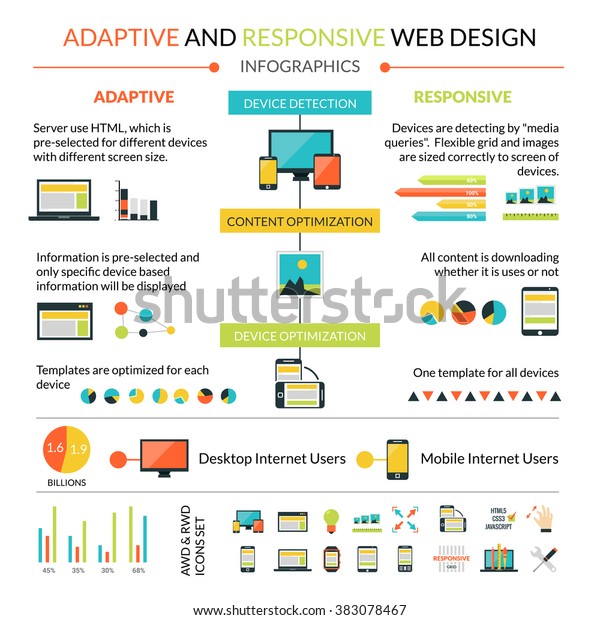Interested In Discovering How Web Site Design Has Developed Over The Years? Check Out The Trip From Standard, Straightforward Designs To User-Centric Interfaces That Focus On The Visitor'S Experience
Interested In Discovering How Web Site Design Has Developed Over The Years? Check Out The Trip From Standard, Straightforward Designs To User-Centric Interfaces That Focus On The Visitor'S Experience
Blog Article
Composed By-Collier Singer
In the past, web sites were straightforward and focused on info. https://modernrestaurantmanagement.com/seo-tips-to-help-restaurants-vault-into-the-google-six-pack/ was direct, and design was for desktops. Now, customer experience is vital. Information overviews designs for easy navigation. ada compliance companies suit different devices. https://contentmarketingstrategyt40627.madmouseblog.com/10334364/crafting-appealing-advertising-and-marketing-message-for-your-pay-per-click-projects , dark setting minimizes stress, and minimalist menus enhance navigation. Interactive attributes involve individuals, and vibrant visuals stand out. AI combination enhances involvement. See just how style has developed to improve your on the internet journey.
Very Early Days of Web Design
In the very early days of website design, simplicity preponderated. Web sites were standard, with restricted colors, fonts, and layouts. The focus was on providing details as opposed to flashy visuals. Users accessed the web via slow-moving dial-up links, so rate and performance were vital.
Navigating menus were straightforward, typically situated at the top or side of the page. Web sites were made for desktop, as mobile browsing had not been yet widespread. Material was king, and designers prioritized easy readability over complicated layout components.
HTML was the main coding language made use of, and designers had to work within its constraints. Computer animations and interactive attributes were minimal compared to today's standards. Internet sites were fixed, with little vibrant material or tailored customer experiences.
Surge of User-Focused Style
With the advancement of website style, a shift in the direction of user-focused layout concepts has ended up being significantly popular. Today, producing websites that focus on individual experience is crucial for involving site visitors and accomplishing business goals. User-focused design includes comprehending the needs, choices, and habits of your target audience to customize the internet site's design, web content, and features appropriately.
Designers currently carry out thorough research study, such as customer surveys and usability screening, to collect understandings and comments directly from customers. This data-driven approach helps in producing instinctive navigating, clear calls-to-action, and visually enticing user interfaces that reverberate with site visitors. By positioning the customer at the facility of the layout procedure, internet sites can deliver an extra personalized and delightful experience.
Receptive layout has actually likewise emerged as a vital element of user-focused layout, guaranteeing that websites are maximized for numerous gadgets and screen sizes. This flexibility enhances accessibility and usability, catering to the varied means individuals engage with sites today. Essentially, the rise of user-focused layout symbolizes a shift in the direction of producing digital experiences that focus on the needs and assumptions of the end customer.
Modern Trends in Website Design
Discover the latest patterns forming web design today. One noticeable pattern is dark mode design, offering a sleek and modern look while minimizing eye pressure in low-light settings. One more vital trend is minimal navigation, simplifying menus and enhancing user experience by focusing on essential elements. Integrating micro-interactions, such as animated buttons or scrolling results, can create an extra engaging and interactive website. Responsive design remains important, guaranteeing smooth individual experiences throughout numerous gadgets. Furthermore, using vibrant typography and unbalanced designs can add visual rate of interest and draw attention to certain content.
Incorporating AI modern technology, like chatbots for customer assistance or individualized recommendations, boosts individual engagement and streamlines processes. Availability has additionally end up being a significant pattern, with developers prioritizing inclusive style methods to accommodate diverse customer demands. Accepting sustainability by optimizing internet site efficiency for rate and effectiveness is an additional emerging pattern in web design. Collaborating with user comments and data analytics to repeat and enhance design constantly is vital for remaining pertinent in the ever-evolving electronic landscape. By embracing these modern-day fads, you can develop a visually appealing, user-friendly web site that reverberates with your target market.
Verdict
As you review the development of web site layout from the very early days to currently, you can see how user-focused layout has actually become the driving force behind contemporary fads.
Accept the journey of change and adjustment in web design, constantly keeping the user experience at the center.
Stay existing with the most recent fads and technologies, and never stop advancing your approach to create visually stunning and easy to use web sites.
Develop, adjust, and create - the future of web design is in your hands.
